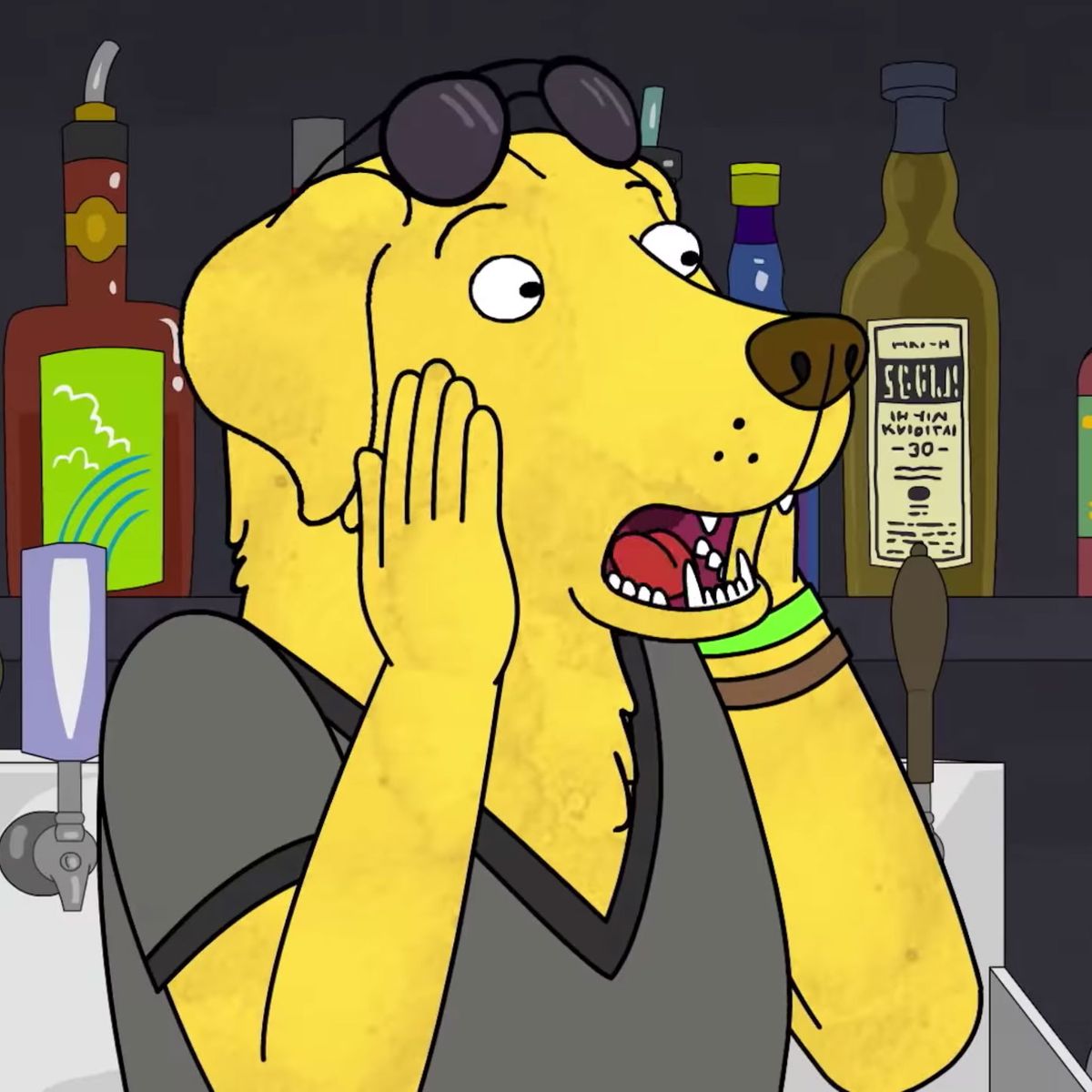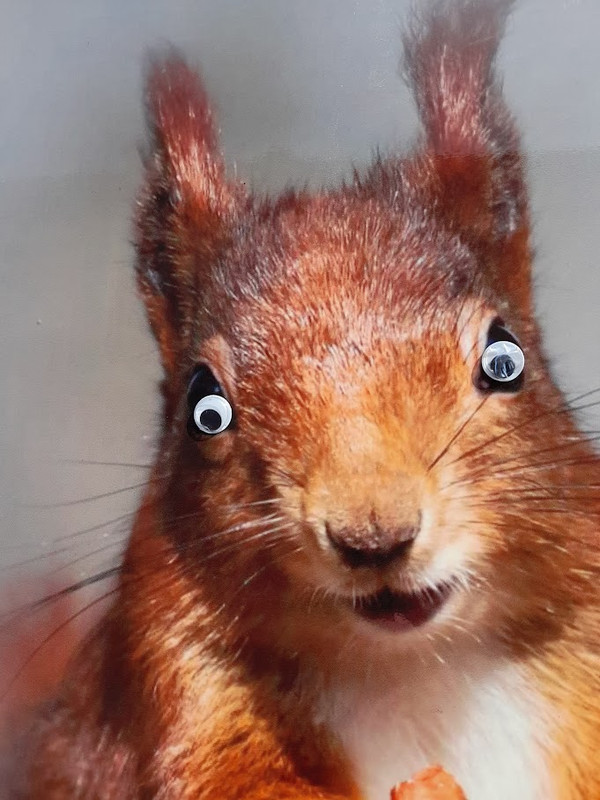- Welcome to Cook'd and Bomb'd.
-
 Football Thread 23-24: Part...
by Kankurette
Football Thread 23-24: Part...
by Kankurette
[Today at 01:40:25 AM] -
 Talking Pictures
by kaprisky
Talking Pictures
by kaprisky
[Today at 01:37:28 AM] -
 Jimmy Carr's new Netflix special....
by Sad Ken
Jimmy Carr's new Netflix special....
by Sad Ken
[Today at 01:36:07 AM] -
 Threelon Musk: pl3ase lik3...
by buzby
Threelon Musk: pl3ase lik3...
by buzby
[Today at 01:16:35 AM] -
 The Last CaB post that made...
by famethrowa
The Last CaB post that made...
by famethrowa
[Today at 01:02:48 AM] -
 What makes Jack Nicholson...
by buzby
What makes Jack Nicholson...
by buzby
[Today at 01:01:39 AM] -
 Cass Report [split topic]
by Elfking
Cass Report [split topic]
by Elfking
[Today at 12:54:07 AM] -
 Load of horses gone mental...
by famethrowa
Load of horses gone mental...
by famethrowa
[Today at 12:54:01 AM] -
 Non garden plants (AND TREES)...
by Brian Freeze
Non garden plants (AND TREES)...
by Brian Freeze
[Today at 12:44:48 AM] -
 What Non-New Films Have You...
by Tarquin
What Non-New Films Have You...
by Tarquin
[Today at 12:28:14 AM]
Members
 Total Members: 17,827
Total Members: 17,827 Latest: skinnylike
Latest: skinnylike
Stats
 Total Posts: 5,583,344
Total Posts: 5,583,344 Total Topics: 106,739
Total Topics: 106,739 Online Today: 811
Online Today: 811 Online Ever: 3,311
Online Ever: 3,311- (July 08, 2021, 03:14:41 AM)
Users Online
 Users: 42
Users: 42 Guests: 656
Guests: 656 Total: 698
Total: 698 beanheadmcginty
beanheadmcginty Harry Badger
Harry Badger JesusAndYourBush
JesusAndYourBush frajer
frajer Kankurette
Kankurette Cold Meat Platter
Cold Meat Platter chocky909
chocky909 H-O-W-L
H-O-W-L Memorex MP3
Memorex MP3 Prax150
Prax150 jazzy_sabotage
jazzy_sabotage chutnut
chutnut Theoretical Dentist
Theoretical Dentist benjitz
benjitz Oosp
Oosp Crunk
Crunk Sad Ken
Sad Ken Ronnie the Raincoat
Ronnie the Raincoat fucking ponderous
fucking ponderous Sonny_Jim
Sonny_Jim matjam13
matjam13 Bob Loblaw
Bob Loblaw binster
binster Mr Farenheit
Mr Farenheit non capisco
non capisco Zero Gravitas
Zero Gravitas Mister Six
Mister Six Midas
Midas easytarget
easytarget Piles the Beaver
Piles the Beaver Mx Wrongs
Mx Wrongs FredNurke
FredNurke AVH
AVH Mobius
Mobius Lordofthefiles
LordofthefilesWeird Art And Shit You Inexplicably Like
Started by Steven, June 12, 2010, 06:56:37 PM
Previous topic - Next topic
User actions

